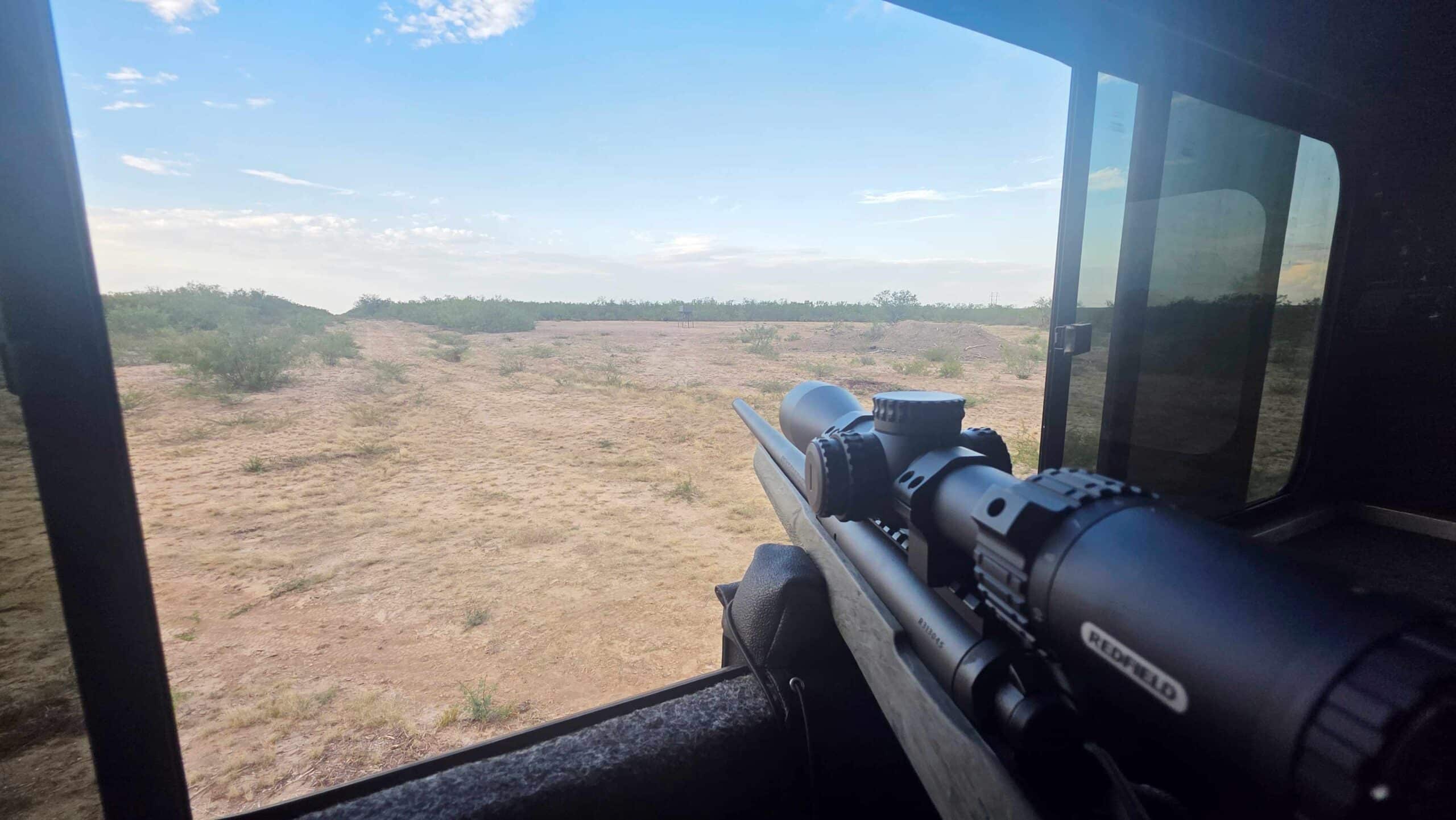An ongoing research project in western Kentucky is uncovering key insights into wild turkey reproductive ecology — particularly the nesting and brood-rearing habitat essential to population success.
Funded in part through the NWTF’s National Requests for Proposals Program and its Habitat for the Hatch Initiative, a project led by Tennessee Technological University and the Kentucky Department of Fish and Wildlife Resources is focusing on how hens select nesting and brood-rearing sites and which habitat features most influence reproductive success. The findings will help guide targeted habitat management strategies in Kentucky and across the Southeast to boost poult recruitment and long-term conservation outcomes.
“The turkey program coordinator in the state of Kentucky, Zak Danks, and other state biologists had questions about the population status of turkeys and the productivity of the hatch in their state, and they wanted to get some data to help them with their policy making decisions,” said Brad Cohen, Ph.D., associate professor of biology at Tennessee Tech. “We’re interested in looking at what type of management do we need and at what scale to create places that are not only high-quality vegetation for brood cover or food but also that they’re able to access and use.”
Set across Muhlenberg, Ohio, Hopkins and McLean counties, the research project spans the Kentucky Green River Region’s diverse terrain, including warm-season grasslands, forested WMAs, wet bottomlands and agricultural fields.
Since 2023, Ph.D. student Sara Watkins and her team have equipped 233 wild turkeys (165 hens and 68 toms) with GPS transmitters, collecting more than 1 million location data points. This tracking effort, combined with monitoring of 162 nest sites and 57 broods, is establishing an unprecedented dataset on movement patterns, habitat use and survival rates.
“We have over 1.4 million locations right now, and we’ve just started to scratch the surface of all that data, calculating out different seasonal ranges, looking at naive survival rates, and we’re still just in the preliminary part of our analyses,” Cohen said. “This is why the funding from the NWTF is so important.”
Funding provided by the NWTF will help Watkins synthesize the data using advanced modeling platforms to analyze habitat selection, survival metrics and nest success rates. The goal is to identify which habitat types are most strongly associated with successful reproduction and recruitment.
Cohen hopes the findings will highlight the specific vegetation structures and plant communities across the landscape that best support nesting hens and developing broods. By comparing habitat features across small- and large-scales, the team is also testing what land management practices are best for turkeys.
“In other words, is it best to provide 10 one-acre patches of brood habitat or one 10-acre patch,” Cohen said.
A second major focus of the study explores how male gobbling activity corresponds with reproductive timing. Devices that record sound without human presence, called autonomous recording units (ARUs), deployed throughout the study area captured gobbling from March through June. Researchers are analyzing peak gobbling periods in relation to weather patterns and hen nesting activity to uncover ecological triggers behind male vocal behavior.
While this research is based in western Kentucky, Cohen’s project supports the broader goals of NWTF’s Habitat for the Hatch Initiative, helping refine the habitat management for turkey populations across the Southeast.
The NWTF invested funds into the above project along with eight other wild turkey research projects across the United States, totaling $503,618, for the organization’s 2025 research investment.
Since 2022, with partner funds, the NWTF, its chapters, members and partners have combined to put more than $22 million toward wild turkey research.
Thanks to support from dedicated volunteers and partners — such as the Bass Pro Shops and Cabela’s Outdoor Fund and NWTF state chapters — the NWTF’s RFP Program is an aggressive, annual effort to fund critical wild turkey research projects nationwide.
Read the full article here




